Optimal Timing for Demolition Services
Scheduling demolition services involves considering various factors such as weather conditions, project scope, and local regulations. Typically, the most suitable time for demolition is during periods of mild weather, avoiding extreme heat, cold, or heavy rainfall that can hinder safety and efficiency. Planning during these optimal conditions can help ensure the project proceeds smoothly and safely.
Demolition projects are best scheduled during stable weather periods to minimize delays and safety risks.
Larger projects may require more planning and should be scheduled when resources and conditions are optimal.
Permits and approvals may influence timing, often requiring planning ahead of scheduled work.
Spring and fall often provide the most favorable weather for demolition activities.

Heavy machinery preparing a site for demolition.
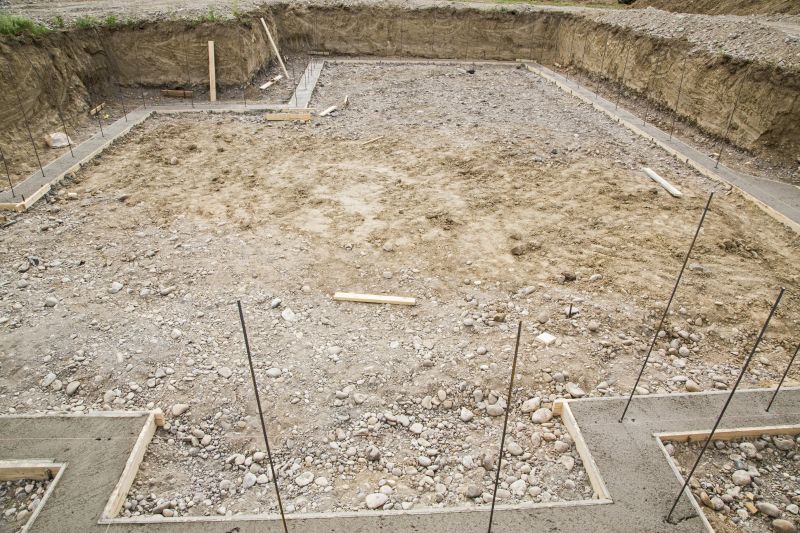
Pre-demolition site clearing and planning.

Explosive demolition in progress.
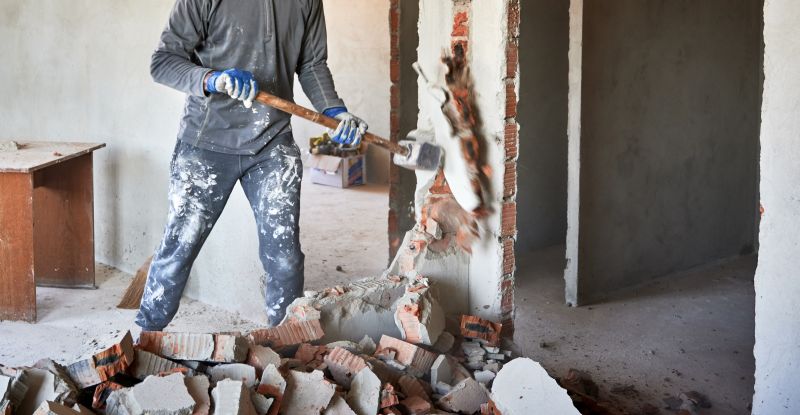
Ways to make Demolition Service work in tight or awkward layouts.

Popular materials for Demolition Service and why they hold up over time.

Simple add-ons that improve Demolition Service without blowing the budget.

High-end options that actually feel worth it for Demolition Service.

Finishes and colors that play nicely with Demolition Service.
Demolition services encompass a range of activities including building removal, site clearing, and debris disposal. Proper timing can significantly impact project safety, cost-efficiency, and completion speed. Advances in demolition technology allow for more precise and less disruptive procedures, making scheduling even more critical to ensure optimal results.
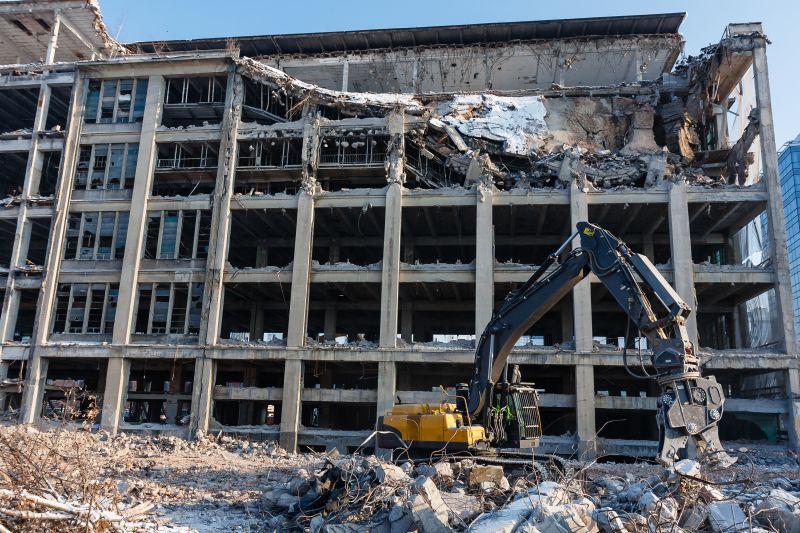
A large excavator demolishing a structure.
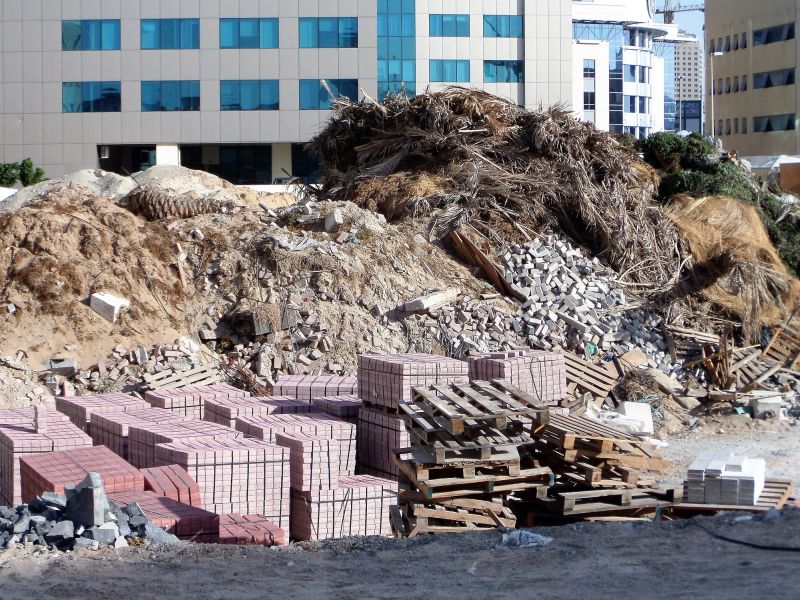
Waste materials being cleared from a site.

Workers using safety equipment during demolition.
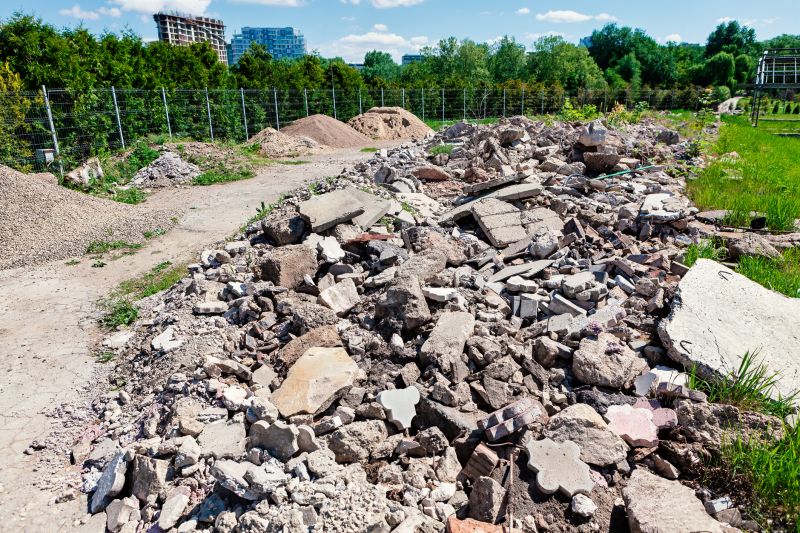
Cleared site ready for new construction.

Little measurements that prevent headaches on Demolition Service day.

A 60-second routine that keeps Demolition Service looking new.

A frequent mistake in Demolition Service and how to dodge it.

Small tweaks to make Demolition Service safer and easier to use.
| Factor | Optimal Timing |
|---|---|
| Weather Conditions | Spring and fall |
| Project Size | During periods of low activity |
| Permitting Process | Ahead of scheduled work |
| Seasonal Factors | Avoid extreme temperatures |
| Resource Availability | Off-peak seasons |
| Safety Considerations | Mild weather days |
| Cost Efficiency | Off-peak periods |
| Local Regulations | Prior planning required |
Understanding the optimal timing for demolition projects can lead to safer, more efficient, and cost-effective outcomes. Proper planning and scheduling ensure compliance with regulations, minimize delays, and enhance safety measures. Consulting with demolition professionals can help determine the best time for specific project needs.

Planning and site assessment before demolition.
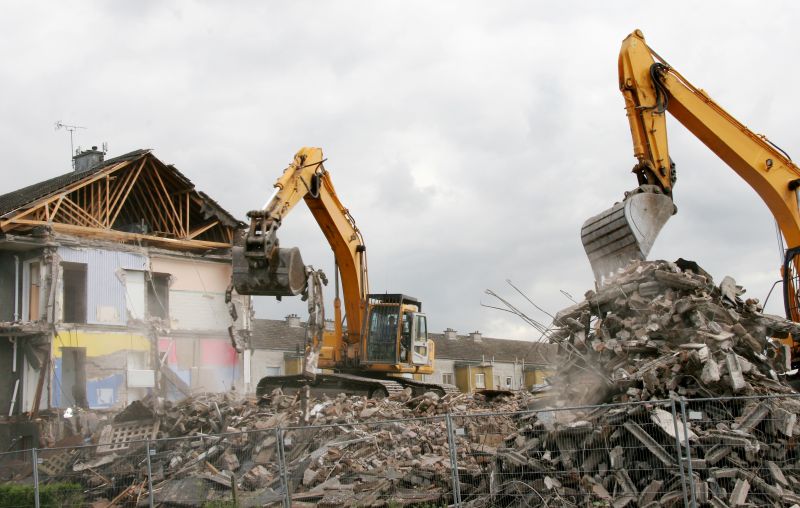
Active demolition with machinery.
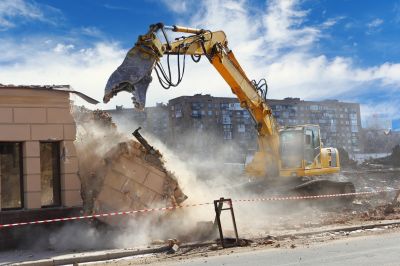
Site cleared and ready for redevelopment.

Lower-waste or water-saving choices for Demolition Service.
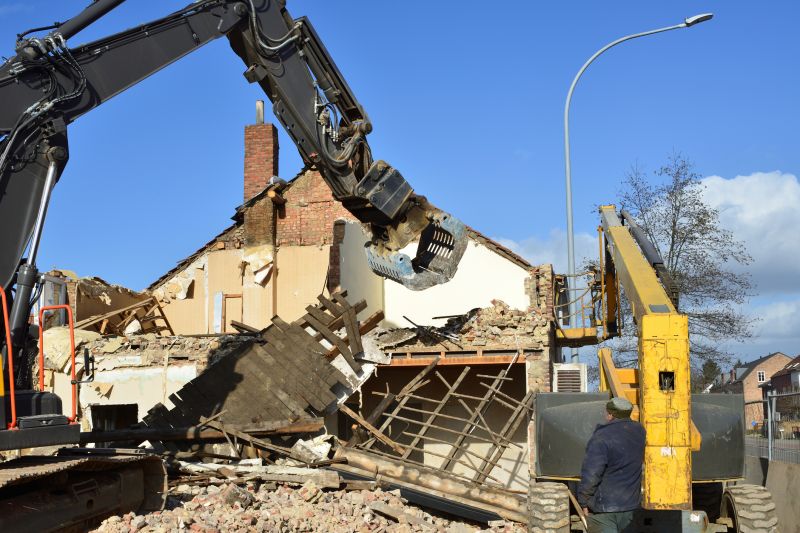
The short, realistic tool list for quality Demolition Service.

Rough timing from prep to clean-up for Demolition Service.

Quick checks and paperwork to keep after Demolition Service.
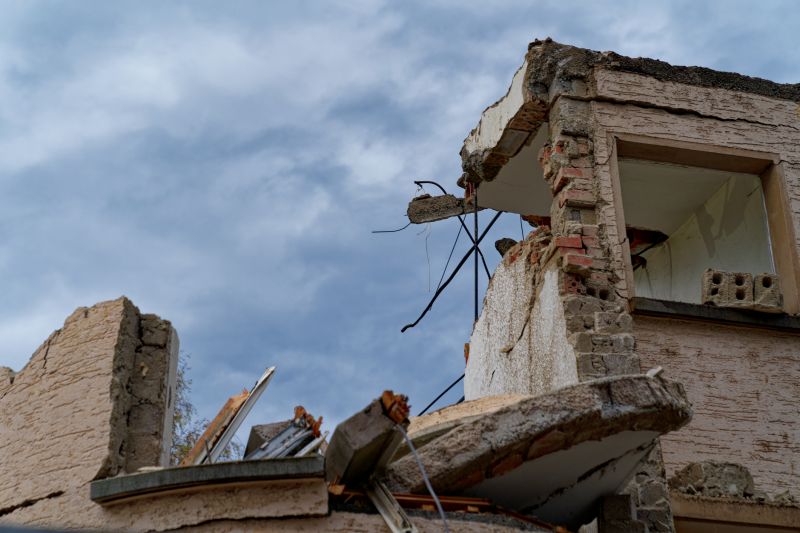
Examples that show the impact a good Demolition Service can make.
Interested in scheduling demolition services? Filling out the contact form can provide more information and help determine the best timing for specific project requirements. Proper scheduling ensures a smooth process from start to finish.
